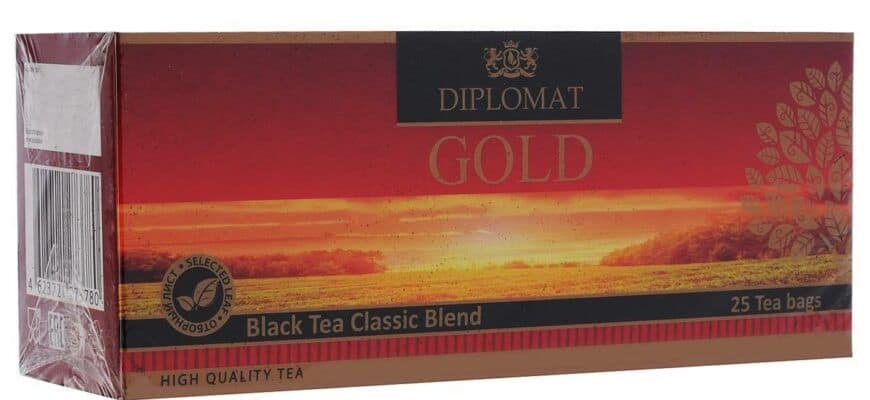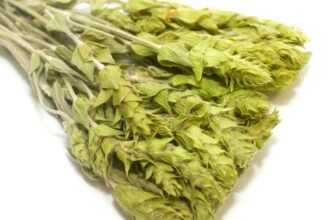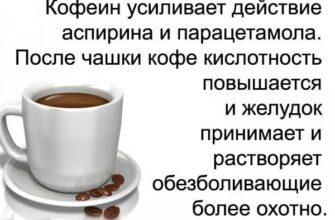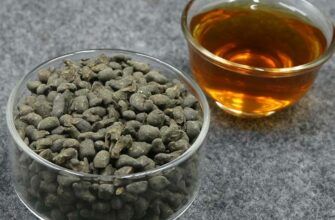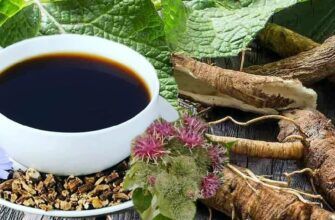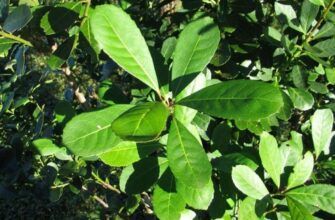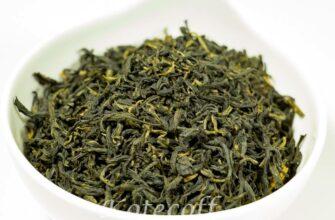RelentlessI Statistics say that the whole world drinks black tea. The British, Arabs, Indians and residents of Sri Lanka do not recognize other teas at all. The Celestial Empire does not disdain them either. True, they call aged pu-erh black tea, and “black” varieties, in our understanding, are called red - according to the color of the infusion.
The popularity of black tea is easy to explain. After all, a fermented leaf is the richest in a variety of nuances of aroma. From one pack, slightly varying the brewing mode, you can get a dozen drinks that are not similar to each other. The epithet “long leaf”, which is attached to most black teas, is a kind of “quality mark”. Initially, in China, “bai hua” (white flower) was called thin teas, consisting only of tips - unblown buds. Subsequently, this designation began to be used for any loose teas, each leaf of which was individually rolled, which allows to preserve the aroma as much as possible during withering and fermentation.
It is clear that real long leaf tea has nothing in common with Georgian teas, which we drank under this brand in the old days. Although, in fairness, it should be noted that the low quality of Georgian teas of the Soviet era is a reproach to the Soviet way of managing in general, and not specifically to tea growers: they had everything at their best!
It's just that tiny Georgia supplied tea to a gigantic country, and in order to fulfill the plan, it was necessary to clean the bushes, which did not contribute to the quality of tea. In addition, tea is extremely sensitive to storage and transportation conditions. Today, tea companies provide an incomparably more comfortable regime for tea than in Soviet times.
But still, checking the characteristics of the leaf when buying will not be superfluous. A good tea should have a brilliant_black color, with a reddish, blue or orange tint. If the tea leaves turn gray, this indicates that the leaf was poorly twisted and lost juice. Tea leaves of a “brick” color (remember Soviet tea) indicate the low quality of raw materials or a violation of the fermentation process.
In most cases, black long leaf teas do not have their own names. Manufacturers are limited to labeling indicating the country of origin and the class of tea (whole leaf, cut - broken, broken). The exceptions are teas with a particularly beautiful leaf, which manufacturers give poetic names.
Special attention deserves the properties of tea, which have a beneficial effect on the human body. Only in the last decade, scientists, investigating more deeply the biochemical composition of freshly brewed tea leaves, have revealed a rich palette of substances useful for humans, including:
- Tannins (make up 15_20% of tea), which have the properties of vitamin P;
- Alkaloids, primarily caffeine (in the composition of tea - theine), which serves as a tonic;
- Amino acids, including glutamine, which helps to restore the depleted nervous system;
- Vitamins (A - for good vision, B1 - for the normal functioning of the nervous system, B2 - for healthy skin, B15 - to improve metabolism, C - to strengthen the immune system, K - to maintain normal blood clotting).
Black tea is an excellent medicine. A hot strong drink will save you from the heat in the summer, preventing dehydration, and will protect you from colds in the cold season if you are cold. Traditional morning freshly brewed black tea stimulates a mild increase in blood pressure to the optimum, giving you a boost of energy for the whole day.
Read more: